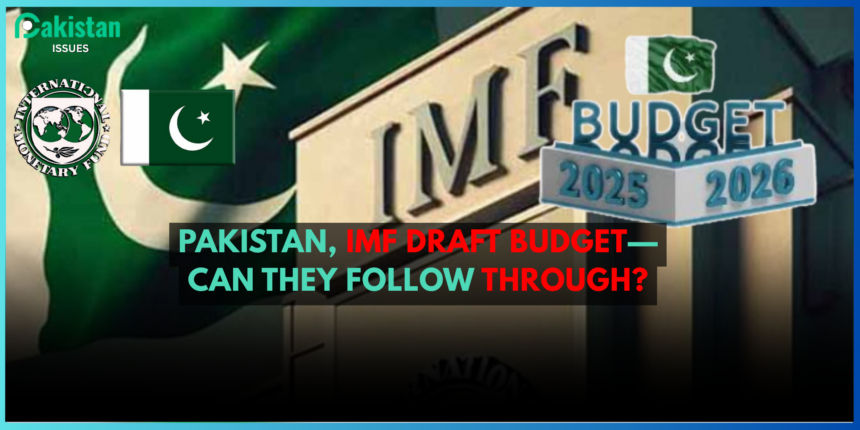ISLAMABAD, May 25 — After ten days of closed-door meetings, Pakistan and the International Monetary Fund have reached what officials are calling a “budget blueprint” for the 2025-26 fiscal year. It is not a signed deal—the IMF mission flew out of Islamabad on Saturday with several pages still bracketed—but both sides say the broad fiscal targets are in place. Dawn
At the heart of the draft is a commitment to hit a primary surplus of roughly 1.6 percent of GDP—a number that will require a steeper tax drive than anything Islamabad has attempted in years. Finance-ministry aides say the next budget will widen the income-tax net, digitise filing for small businesses, and pare back untargeted power subsidies. The IMF has signalled cautious approval, describing the talks as “constructive,” but it wants to see the arithmetic line up before it forwards the plan to its board. Daily TimesThe Times of India
The Fund’s leverage is considerable. Earlier this week it released a US $1 billion tranche from the short-term Stand-By Arrangement, citing Pakistan’s progress on earlier commitments, but it also reminded Islamabad that fresh money under a new, multi-year programme hinges on credible reforms—particularly in the power sector and loss-making state companies. The Times of India
For the government, timing is delicate. The budget speech, traditionally delivered in early June, has been pushed to 10 June to bake IMF recommendations into the finance bill and to avoid a clash with the Eid recess. Politically, that means unveiling new taxes just weeks before the ruling coalition faces local-body polls in Punjab and Khyber-Pakhtunkhwa. One senior official conceded the delay is “mostly about the optics—no one wants a repeat of last year’s austerity headlines in the middle of election week.” Dawn
Whether the blueprint survives the parliamentary gauntlet is another question. Previous governments have promised similar reforms, only to lose nerve once the Fund’s plane left town. This time, the IMF intends to keep a closer watch; its next formal review is slated for the second half of 2025, but staff will be monitoring cash flows in real time. Until the numbers are printed in the gazette—and the first rupee of new revenue actually lands in the treasury—both investors and ordinary Pakistanis will reserve judgment.










